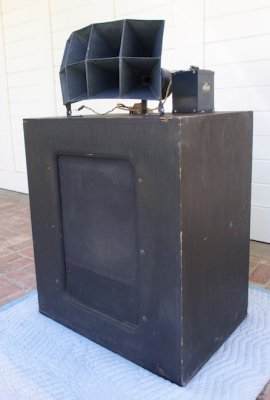LizzieMaine
Bartender
- Messages
- 34,189
- Location
- Where The Tourists Meet The Sea
Radio announcers in general were instructed to leave their accents at the door, but a few let theirs slip out. Milton Cross, the suave host of the Metropolitan Opera broadcasts, was raised in Hell's Kitchen, and you'd occasionally hear him slip and refer to "this woik of the great composer." Bill Hay, the long-time announcer for "Amos 'n' Andy" came from Scotland, and he would roll his r's with impunity. And of course, Red Barber, the great baseball broadcaster, perplexed a generation of Brooklyn listeners with his patented Quaint Southernisms.
Barber's successor Vin Scully never wholly lost his native New York accent, even after spending sixty years marinating in the California sunshine. It was a delightful thing to hear him do a commercial for Farmer John's "broawnschwiegeh."
Barber's successor Vin Scully never wholly lost his native New York accent, even after spending sixty years marinating in the California sunshine. It was a delightful thing to hear him do a commercial for Farmer John's "broawnschwiegeh."



